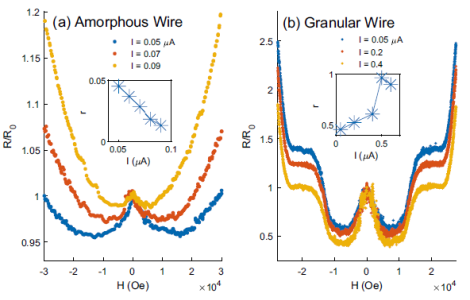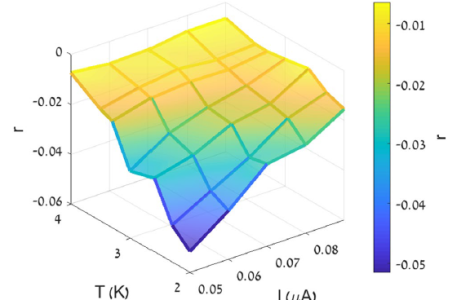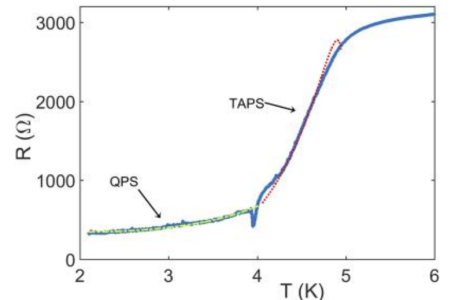superconducting nanowires
Superconducting nanostructures exhibit unique properties which are not observed in bulk samples. For example, superconducting nanowires show a broad resistive phase transition and a finite residual resistance even at low temperatures, negative magnetoresistance (nMR) and anti-proximity effect (APE). These characteristics are usually found in measurements in which the nanowires are connected at their ends to macroscopic superconducting contacts. Only few studies have investigated the effect of a such boundary condition on the measured properties. A striking example of the significant effect of the boundary condition is found in the APE. Specifically, a superconducting nanowire that is connected to macroscopic superconducting contacts loses its superconducting properties. In contrast, when it is connected to a normal metal, it retains its superconducting properties. A convincing explanation for this phenomenon is still not available.
The objective of the present project is to study the effects of boundary conditions on all the measured properties of superconducting nanowires in an attempt to isolate the contribution of the boundary conditions on the measured properties and understand the origin of these effects.






